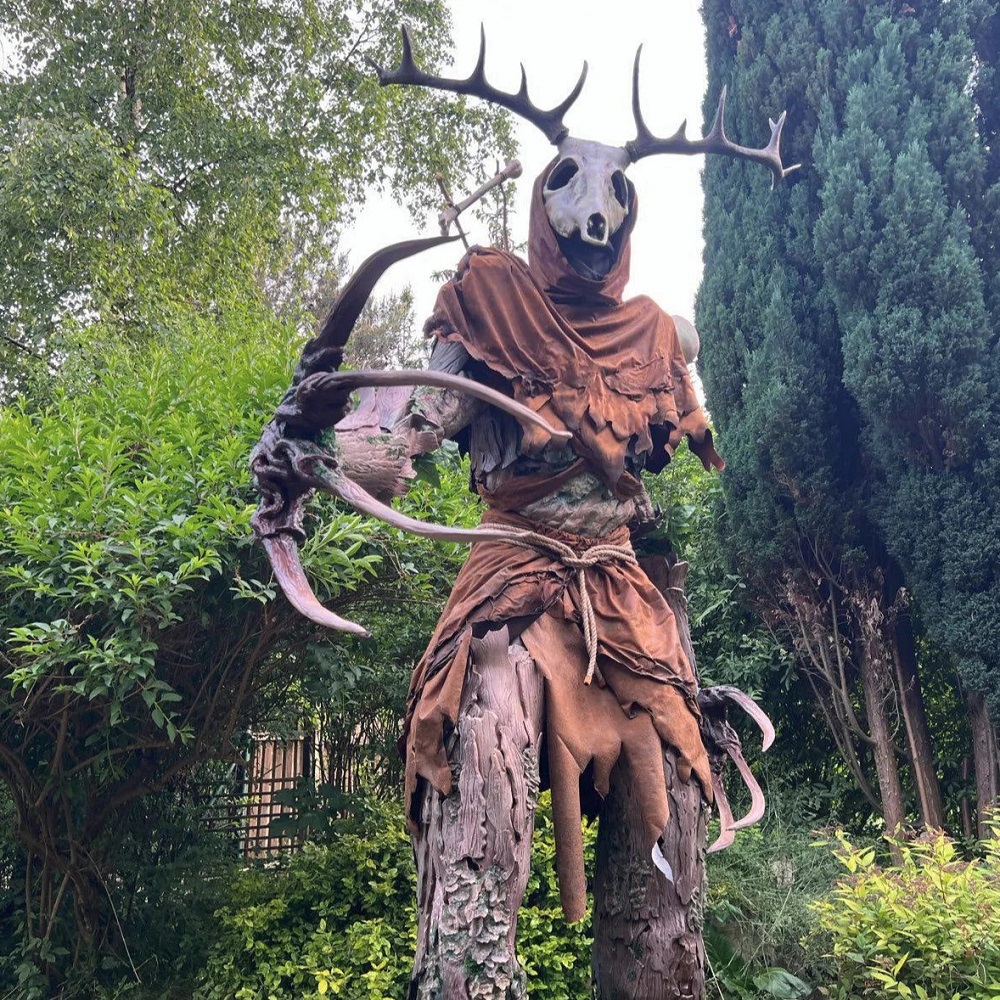What Are Cosplay Costumes?
Cosplay costumes are outfits worn to represent specific characters. They bring fictional or historical characters to life. These costumes are highly detailed to match the traits of the character being portrayed. Cosplay is popular at conventions, parties, and themed events. It combines fashion, creativity, and fandom.
History and Evolution of Cosplay
Cosplay’s roots trace back to early 20th-century costume play at science-fiction events. The term “cosplay” was first coined in Japan in the 1980s. It is derived from “costume play.” Anime, manga, and video games spurred cosplay’s popularity in Japan. Over the years, it has grown into a global phenomenon. Today, cosplay includes characters from movies, TV shows, books, and comics. Social media has further expanded its reach and community.
Different Genres and Styles of Cosplay
Cosplay covers a wide array of genres and styles. Anime and manga characters are among the most popular choices. Video game characters, superheroes, and fantasy figures also dominate this hobby. Historical cosplay recreates authentic period clothing. “Crossplay” involves dressing as a character of a different gender. Some prefer “original characters,” combining creativity and personal style. Each style highlights the cosplayer’s passion and dedication to the craft.
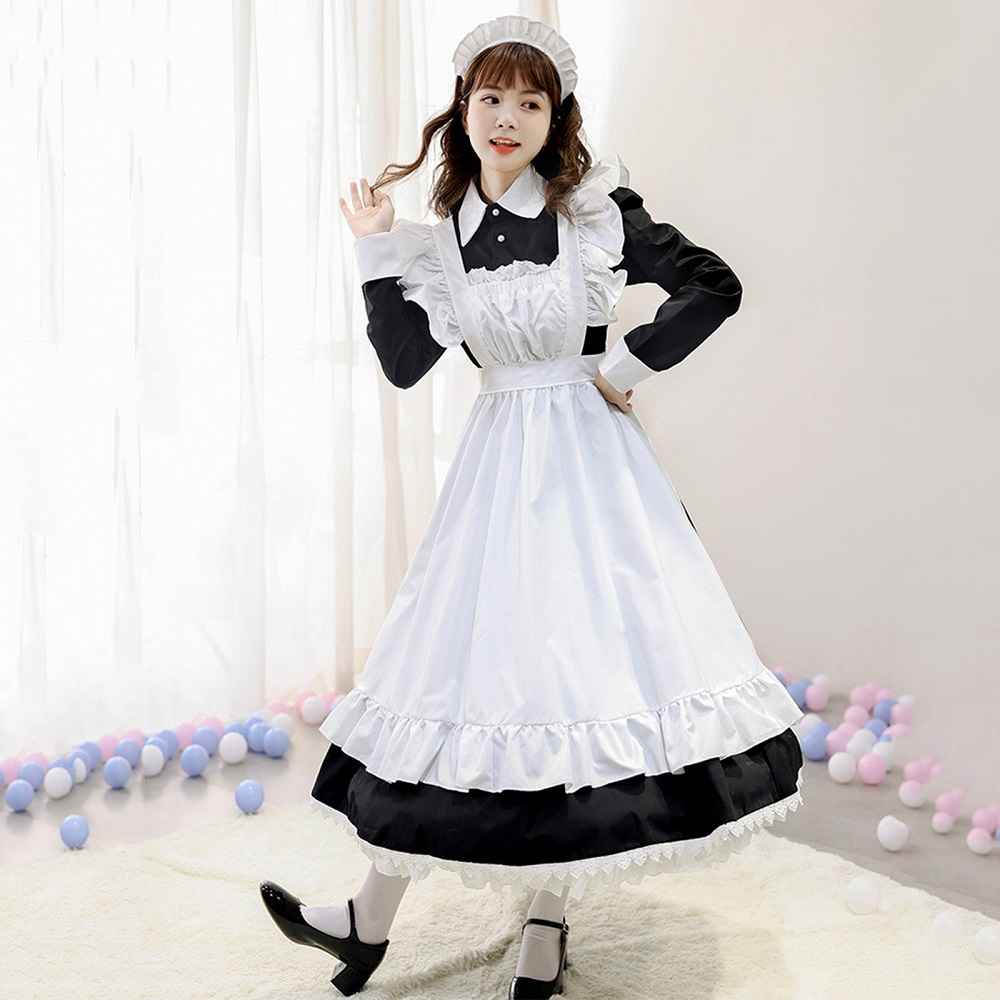
How to Choose the Right Cosplay Character
Choosing the right cosplay character is crucial for a fulfilling experience. It helps align your look with your interests and comfort, ensuring you enjoy every moment of cosplay.
Matching Your Personality and Interests
Select a character that resonates with your personality. Think about the characters you admire or relate to. Are you drawn to heroic figures or mischievous icons? Picking a character you love enhances your enthusiasm.
Consider your favorite media. Anime, video games, movies, or comics can inspire your choice. Highlighting a connection to the character makes your portrayal more authentic. A connection also helps when engaging with fellow fans at events.
Lastly, factor in your lifestyle. Cosplaying a character that aligns with your hobbies or interests is easier. For example, if you love fantasy, consider magical or mythical characters.
Considering Physical Features and Comfort
Physical features can influence your character choice. You don’t need an exact match, but picking a character with similar traits simplifies the process. Hair color, height, and body type are factors that might help you decide.
Comfort is key for a memorable experience. Take note of the costume’s design and materials. A bulky or uncomfortable outfit can ruin your day. Prioritize costumes you can wear for long hours without strain.
Think about mobility as well. If your costume restricts movement, you might struggle at crowded events. Flexible and lightweight costumes make navigating conventions much simpler. Whether you choose flashy armor or casual attire, balance accuracy with practicality to ensure you’re comfortable and confident.
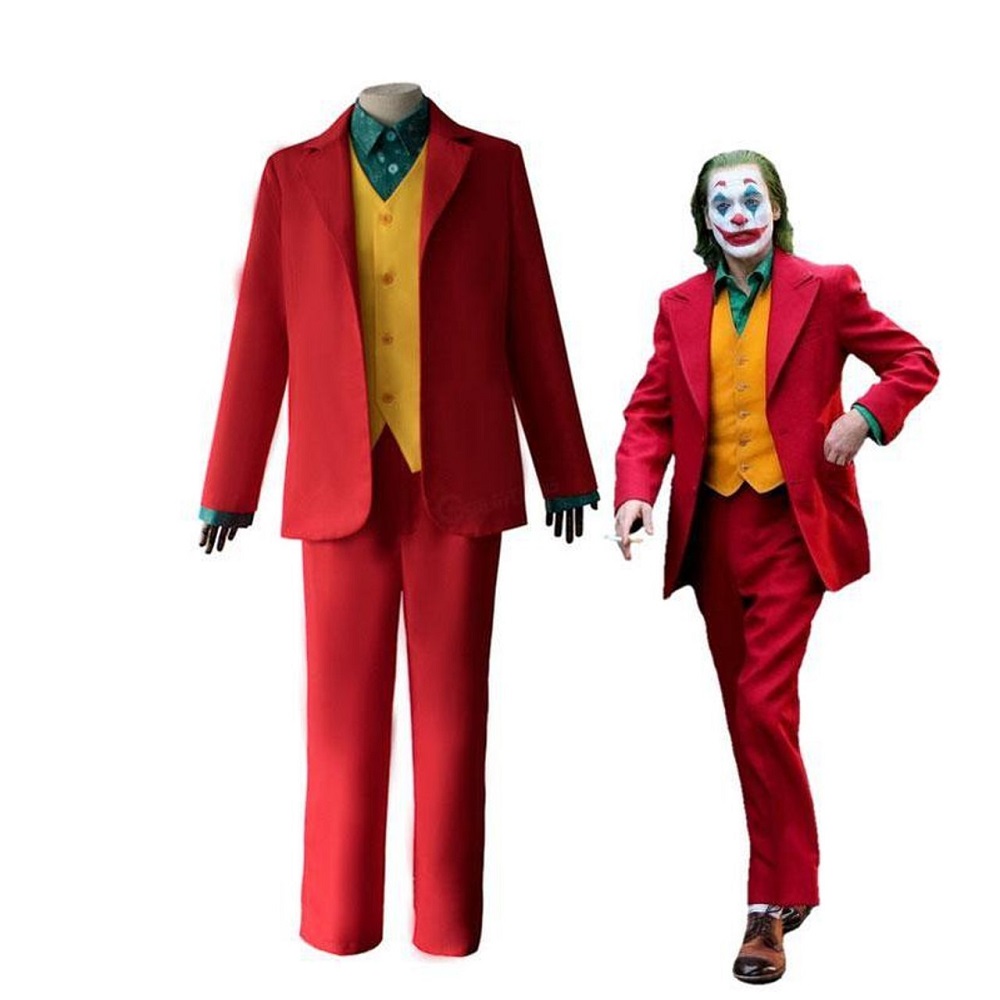
Where to Buy or Commission Cosplay Costume
Finding the perfect cosplay costume starts with choosing the right place to shop or commission your outfit. Whether you prefer online options, local stores, or customized creations, understanding where to look can save you time and effort.
Online Stores for Cosplay Costumes
Online stores offer a wide variety of cosplay costumes. These platforms cater to all budgets and styles. Popular websites include specialized cosplay shops and general retailers. Many online stores provide detailed product descriptions and images.
Always check reviews before making purchases. Customer feedback ensures quality and delivery reliability. Size charts are essential for selecting the right fit. Double-check measurements to avoid surprises.
Some stores offer tailored options. This feature allows minor adjustments to better match your specifications. For limited-edition or rare characters, niche sites might have what you need. Shipping times vary, so plan ahead for events.
Local Shops and Conventions
Local shops offer hands-on access to cosplay costumes. Visiting in person lets you try before buying. Some stores specialize only in costumes, while others focus on broader entertainment merchandise.
Conventions are another great option. Vendors often showcase unique, high-quality costumes at these events. You can discover costumes not available online or locally. This is also an excellent chance to compare prices and materials.
Shopping locally supports small businesses. These shops may even provide advice on alterations or proper care. Always inquire about return policies for quick resolutions if needed.
Custom-Made Costumes vs. Pre-Made Options
Custom-made costumes provide unique outfits tailored to your specifications. They ensure accuracy and creativity. You can commission skilled designers to craft costumes from scratch. However, they require more time and money.
Pre-made costumes are budget-friendly and readily available. They save time but might need minor adjustments. These are great for beginners or those cosplaying simpler characters.
Consider your skill level and needs when deciding. Custom designs suit advanced cosplayers or those seeking authenticity. Pre-made gives newcomers and casual hobbyists an easy entry point. Balance creativity with practicality to make the most of your choice.
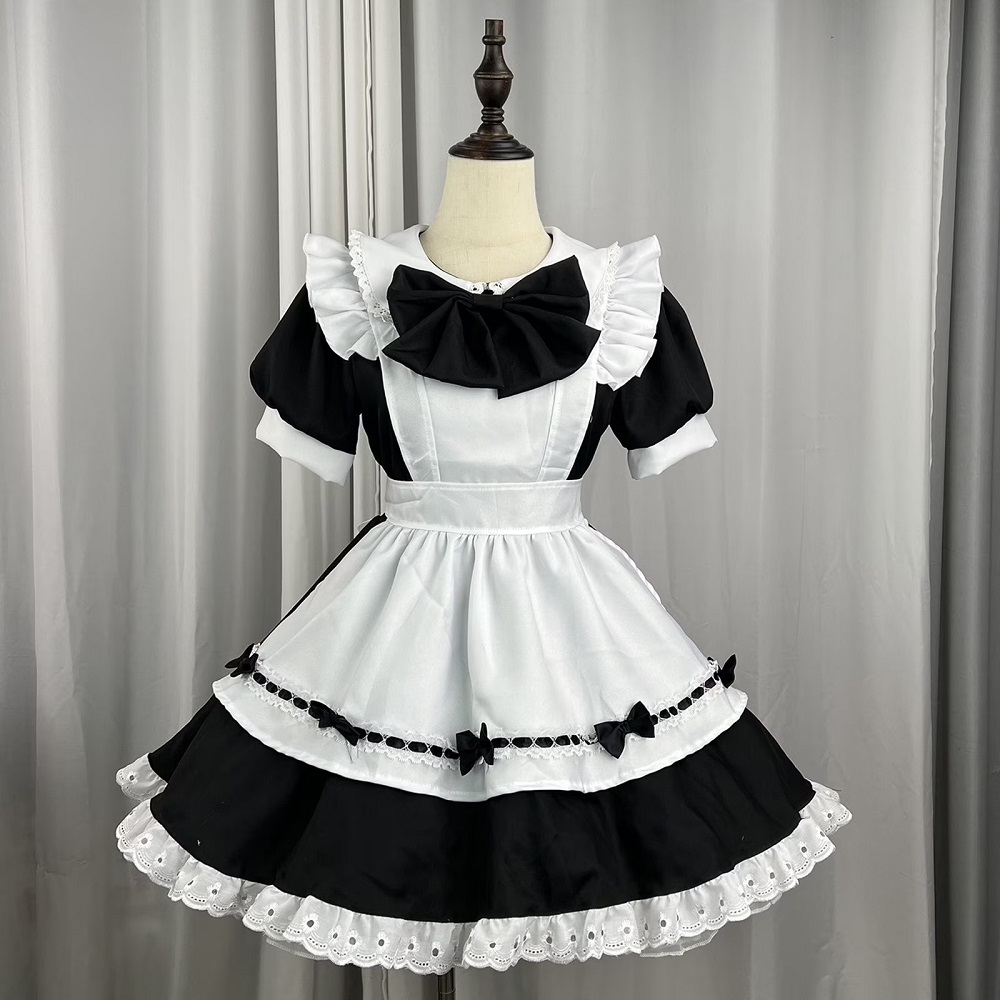
Tips for Creating Your Own Cosplay Costume
Designing your own cosplay costumes can be both rewarding and creative. It allows full customization and the freedom to bring your favorite character to life uniquely. By using the right materials and strategies, crafting a costume becomes an enjoyable process.
Essential Materials and Tools
To start, gather the necessary materials. Fabrics are the backbone of most costumes. Choose lightweight and flexible fabrics for comfort and ease. Options like cotton, spandex, and polyester work well for many designs.
Foam, thermoplastics, and craft supplies are invaluable for armor and props. EVA foam or Worbla adds durability. Paints, adhesives, and brushes help customize these materials to match your character.
Essential tools make crafting simpler. Sewing machines speed up fabric construction. Hot glue guns work efficiently for foam and props. Scissors, measuring tapes, and crafting knives ensure accuracy. For advanced needs, invest in heat guns or 3D printers.
Step-by-Step Guide to DIY Cosplay
- Plan Your Costume: Research your character thoroughly. Gather reference images to understand their design.
- Sketch and Outline: Draw a basic sketch of your costume. Break it down into smaller components.
- Choose Materials: Select fabrics and accessories based on your design. Stick to your budget.
- Craft Components: Start crafting individual parts, like armor or props. Tailor pieces carefully.
- Sew and Assemble: Use sewing machines or hand stitching to put fabric pieces together. Attach props securely.
- Test Your Fit: Try on the costume. Make adjustments to ensure proper fit and comfort.
- Add Details: Paint designs, add embellishments, and fix accessories for full character accuracy.
- Final Touches: Check for flaws. Repair or tweak as needed before showcasing your masterpiece.
Common Challenges and How to Overcome Them
- Material Issues: Choose quality materials to avoid wear and tear. Test adhesives beforehand.
- Complex Designs: Break complicated costumes into sections. Focus on one part at a time.
- Limited Budget: Repurpose household items or thrift store finds. DIY methods reduce expenses.
- Time Restrictions: Set deadlines for each step. Tackle simpler elements first for quicker progress.
- Skill Gaps: Practice crafting techniques in advance. Watch tutorials for sewing, painting, or foam cutting.
Embrace mistakes as learning opportunities. With patience, your cosplay costumes will be impressive and unique. Successfully creating your outfit will elevate your cosplay experience and leave you proud of your hard work.
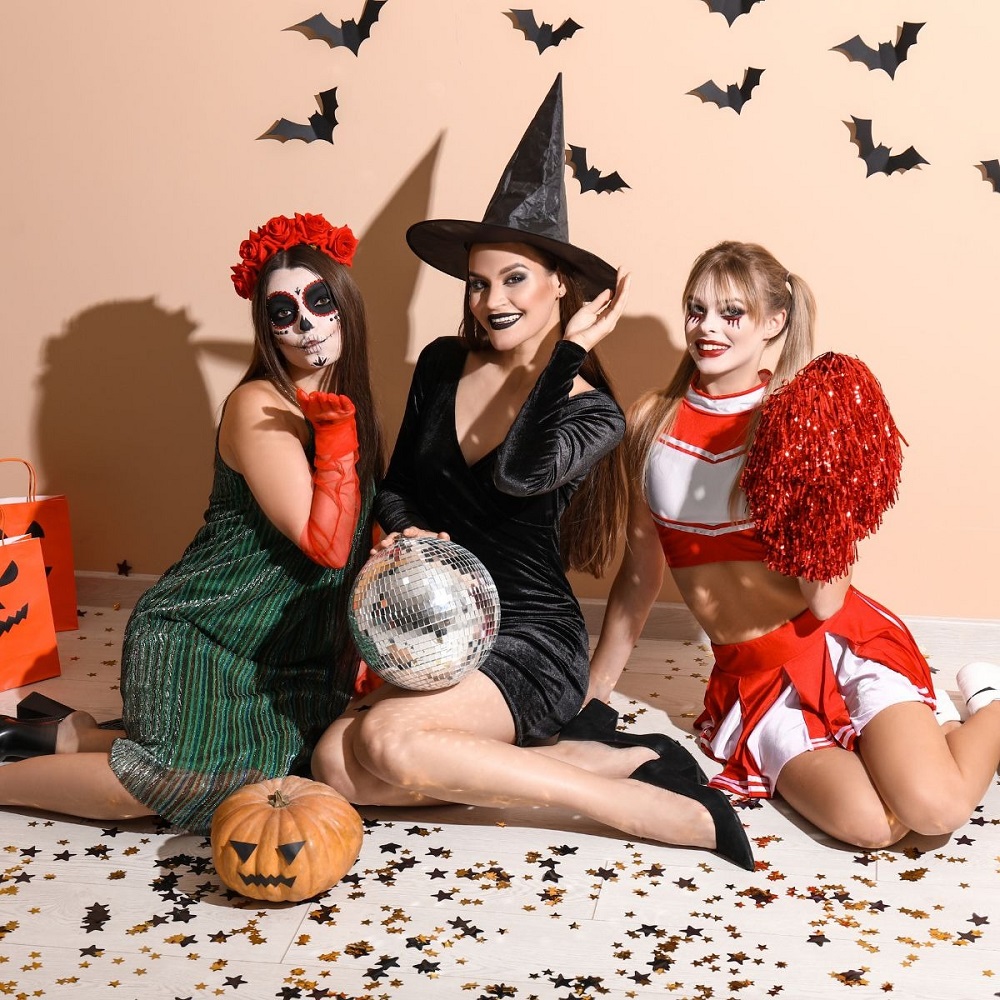
Accessories and Props to Pair with Costumes
Accessories and props play an essential role in completing your cosplay look. They elevate your costume and help you embody the character fully. Whether you’re buying or crafting accessories, understanding their importance adds depth to your portrayal.
Finding or Making the Perfect Accessories
Accessories enhance your costume and bring out character-specific details. Belts, jewelry, wigs, or masks can transform a simple outfit into something extraordinary.
- Finding Accessories: You can buy accessories from online stores, local thrift shops, or specialty cosplay retailers. Always browse for items that closely match the character’s look.
- Making Accessories: Crafting can save money and offer personalization. Use lightweight materials, such as foam or fabric. Paints and embellishments help refine the details. Tutorials online can guide you through any process.
- Customization: Modify purchased items to better match your character. A little creativity ensures a more accurate result.
Always consider the practicality of your accessories. Avoid oversized, heavy items that are hard to carry or wear at events.
Importance of Props for Character Accuracy
Props complete the story your cosplay tells. They ensure your character is instantly recognizable. For example:
- Weapons, like swords or shields, highlight iconic traits.
- Wands, books, or gadgets reflect magical or intellectual characters.
- Everyday items, like bags or tools, make casual characters more authentic.
When creating props, focus on materials that are safe and lightweight. EVA foam, PVC pipes, and cardboard are excellent choices. Paint and finishing give props a polished look. Make sure props are durable for long use during conventions or photoshoots.
Posing with props also enhances your cosplay. Practice holding or using them naturally to portray the character effectively.
Care and Maintenance of Props
Proper care ensures your props last through multiple events. Here’s how to maintain them:
- Cleaning: Wipe your props with a soft cloth after each use. For painted surfaces, use mild solutions.
- Repairing: Keep hot glue or strong adhesives for quick fixes. Touch up chipped paint when necessary.
- Storage: Store props in cool, dry places to prevent damage. Use padded bags for transport.
Inspect your props periodically for wear and tear. Regular care improves their longevity and keeps them looking fresh.
By prioritizing accessories and props, you’ll deepen your connection to the character and impress at cosplay events.

Budgeting for Cosplay Costume
Creating cosplay costumes can be costly, but with smart budgeting, it becomes manageable. Planning your expenses in advance helps you enjoy the process without overspending.
Expense Breakdown for Beginners
Understanding potential costs helps beginners plan better. Below is a basic breakdown of common cosplay expenses:
- Costume Materials: Fabrics, foam, and adhesives typically cost $20-$100 depending on quality and quantity.
- Pre-Made Costumes: Prices range from $50 to $300, based on complexity and accuracy.
- Accessories and Props: Wigs, jewelry, and props can cost $10-$150 or more.
- Crafting Tools: Sewing machines, scissors, and paints may cost $50-$200 if starting from scratch.
- Shipping Fees: Online purchases might add $10-$50 for shipping, especially for overseas items.
- Event Fees: Convention entry tickets can cost $20-$100 per event.
Beginners should start with simple designs to minimize costs. Tracking expenses helps avoid unnecessary spending.
Tips for Saving Money on Cosplay
Crafting quality cosplay while saving money is possible with these practical tips:
- Set a Budget: Decide your spending limit and stick to it. Plan materials and tools within this range.
- Repurpose Household Items: Look for materials at home, like old clothes or empty cardboard boxes.
- Shop Sales and Discount Stores: Buy fabrics and supplies during sales or from thrift stores for lower prices.
- DIY When Possible: Making your costume and props costs less than buying pre-made items.
- Join Cosplay Groups: Exchange unused materials or share tools with other cosplayers to save money.
- Rent Costumes: For rare events, renting costumes or props can be a cheaper alternative.
- Buy in Bulk: Purchase items like foam, adhesives, or paints in bulk to reduce overall costs.
- Reuse Past Costumes: Modify or upgrade old costumes to create new looks without starting from scratch.
Smart money-saving strategies help you enjoy cosplay without stressing about finances. Creativity and planning go a long way in making your hobby affordable and fun.
Cosplay Costume Maintenance and Storage
Maintaining and storing cosplay costumes properly ensures they stay in top condition. Regular care prevents damage and extends their lifespan.
Cleaning and Repairing Costumes
- Spot Cleaning: For minor stains, use a damp cloth with mild soap. Test on a small area first.
- Hand Washing: Hand wash delicate fabrics like lace or silk with cold water and gentle detergent.
- Machine Washing: For sturdier materials, use a gentle cycle. Use garment bags to protect details.
- Drying: Let costumes air dry. Avoid using a dryer, which can shrink or damage fabric.
- Ironing and Steaming: Iron costumes at the appropriate heat setting. Use steamers for fragile materials.
- Repairing Tears: For tears, stitch or apply fabric glue promptly. Reinforce weak seams.
- Prop Repair: Fix broken props with hot glue or strong adhesives. Sand and repaint if needed.
Frequent inspection catches problems early. Regular repairs prevent further damage.
Proper Storage to Extend Costume Longevity
- Use Garment Bags: Store costumes in breathable garment bags. This protects them from dust and humidity.
- Avoid Folding: Hang costumes to prevent creases. Use padded hangers for heavy items.
- Store Accessories Separately: Use labeled containers for small items like jewelry, wigs, or props.
- Climate Control: Keep your storage area cool and dry. Avoid exposure to direct sunlight.
- Silica Gel Packs: Use silica gel packs to reduce moisture in storage containers.
- Transport Smart: During transport, wrap costumes in soft fabric to avoid friction and wrinkles.
Regular storage checks ensure costumes remain ready for the next event. Proper care protects your investment and effort.
Making an Impression at Cosplay Events
Cosplay events are the perfect places to showcase your costume and connect with others. Creating a memorable impression requires preparation, creativity, and confidence. With a few strategies, you can stand out and make the most of your cosplay experience.
How to Showcase Your Costume Effectively
- Perfect Your Character’s Look: Ensure every detail of your costume aligns with the character. Double-check accessories, props, and makeup beforehand. Your costume’s accuracy makes a strong visual impact.
- Practice Poses: Study your character’s iconic poses or expressions. Practice these in front of a mirror for precision. Posing enhances your portrayal and makes for stunning photos.
- Engage with Photoshoots: Join photo sessions or booths at the event. Professional photos highlight your hard work. Collaborate with photographers for creative shots.
- Use Lighting to Your Advantage: Find well-lit areas to show off the details of your costume. Good lighting improves pictures and helps others appreciate your craftsmanship.
- Keep Your Costume Managed: Fix wrinkles, loose parts, or misplaced props during breaks. A neat costume leaves a lasting impression.
Building Confidence and Engaging with Others
- Stay in Character: Act like your character while talking, posing, or walking around. This adds authenticity and entertains the audience.
- Practice Conversations: Prepare a few lines about your character or costume build. It helps engage in meaningful interactions.
- Compliment Fellow Cosplayers: Recognize others’ efforts with genuine compliments. This builds connections and fosters goodwill.
- Join Competitions and Panels: Participate in contests or discussions. These platforms highlight your skills and boost visibility.
- Connect on Social Media: Share event highlights, tag fellow cosplayers, and follow others. Building an online presence enhances your cosplay journey.
Confidence is key. Appreciate your efforts and remember that cosplay is about fun and creativity. By preparing and engaging actively, you’ll not only make an impression but also create cherished memories at every event.
